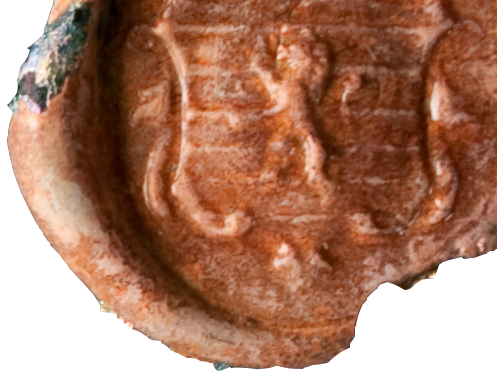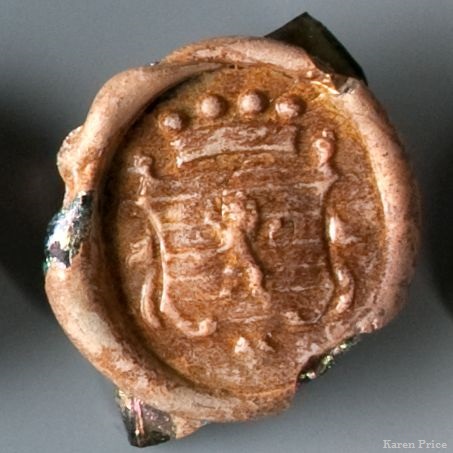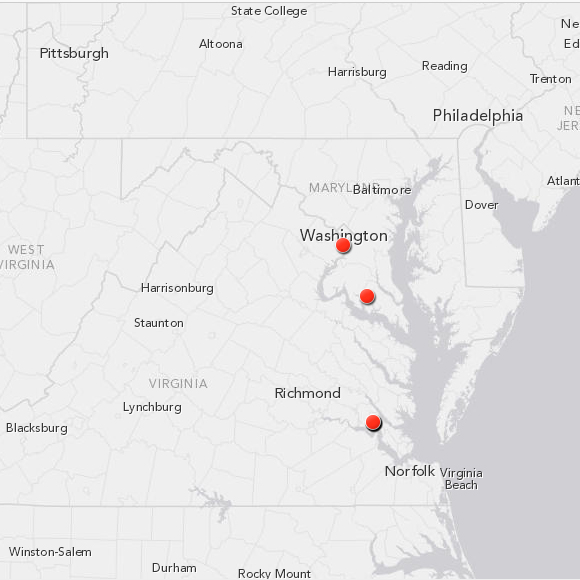


Culture Embossed, Culture Impressed, and Culture in Stone are crowdsourced databases of material culture from a wide array of time periods and locations. Culture Embossed contains information on wine bottle seals. Culture Impressed collects data on marked European clay tobacco pipes. Culture in Stone captures types of Native American projectile points. The map, gallery, and database features allow researchers of all backgrounds to easily study these culturally significant artifacts.
It all started with three minutes. Eleanor Breen, the co-chair of the Collections Management Committee for the Council of Virginia Archaeologists, heard a spot on NPR about roadkill. The NPR piece followed wildlife ecologist Danielle Garneau, whose project is to track down and research wildlife biology through roadside remains. She created RoadkillGarneau, a database of roadkill from a variety of geographic locations. Though it may not be the most glamorous subject, Garneau says, these data offer researchers a wealth of information�this data can help researchers pick up on migratory patterns, phenology changes, roads that are wildlife hotspots, and much more. However, Garneau and other researchers need a large and relatively complete body of data to identify these patterns. Garneau decided to take advantage of a free data collection app called EpiCollect, crowdsourcing the project and allowing "citizen scientists" to use their smartphones to upload pictures of roadkill, GPS coordinates, weather conditions, and other relevant data. This facilitates the creation of the large database that researchers need to identify patterns in wildlife biology.

What does a brief and rather morbid NPR piece have to do with wine bottle seals? Though they might seem completely unrelated, we saw that the same principles applied to both roadkill and artifacts. By itself, an individual wine bottle seal, for example, doesn't give researchers much information. It can help date the bottle that it was impressed upon and it can help identify the owner of the bottle (provided that the seal has a name, initials, family crest, or other identifying information), but it tells researchers very little about broad social and cultural trends. A large group of wine bottle seals is an entirely different story. Fortunately, Danielle Garneau�s roadkill project had given us an ideal of how to collect the large body of data that is needed to answer questions about culture. Thus, Culture Embossed, Culture Impressed, and Culture in Stone�a crowdsourced and publicly available database of artifacts from a broad geographic area and a wide range of dates�were born.
Culture Embossed, Culture Impressed, and Culture in Stone aren�t just crowdsourced data; they present publicly available data. This means that it's your turn to ask the research questions and use the database to help answer them. This database isn't just intended for archaeologists�we believe that museum curators, art historians, sociologists, historians, and all the interested citizens out there will find valuable data on this website.
There you have it: this project has grown from an idea sparked by a three-minute NPR spot into a full-fledged database, and we strive to continue expanding it. We need your help to reach that goal. Please contribute your finds, and we wish you all the best in your research.